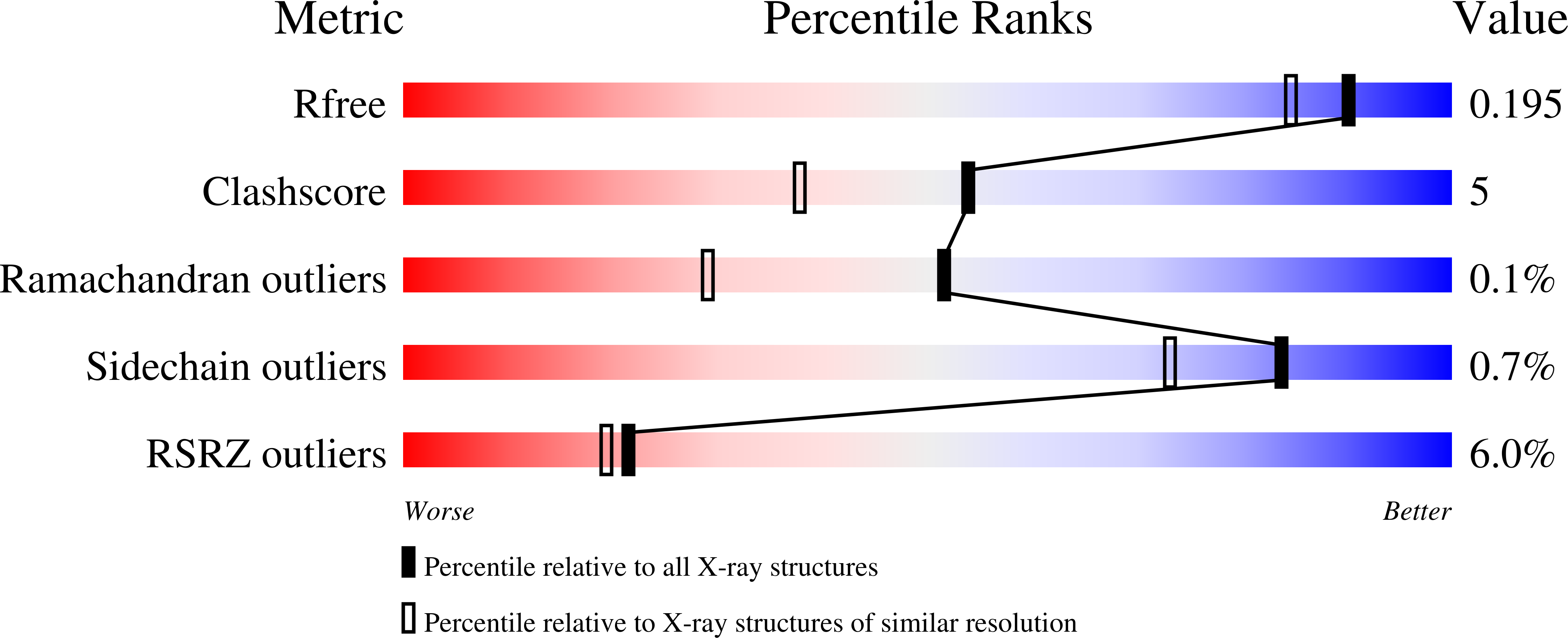
Deposition Date
2002-03-26
Release Date
2002-04-10
Last Version Date
2025-03-26
Method Details:
Experimental Method:
Resolution:
1.60 Å
R-Value Free:
0.20
R-Value Work:
0.18
R-Value Observed:
0.18
Space Group:
P 21 21 21


